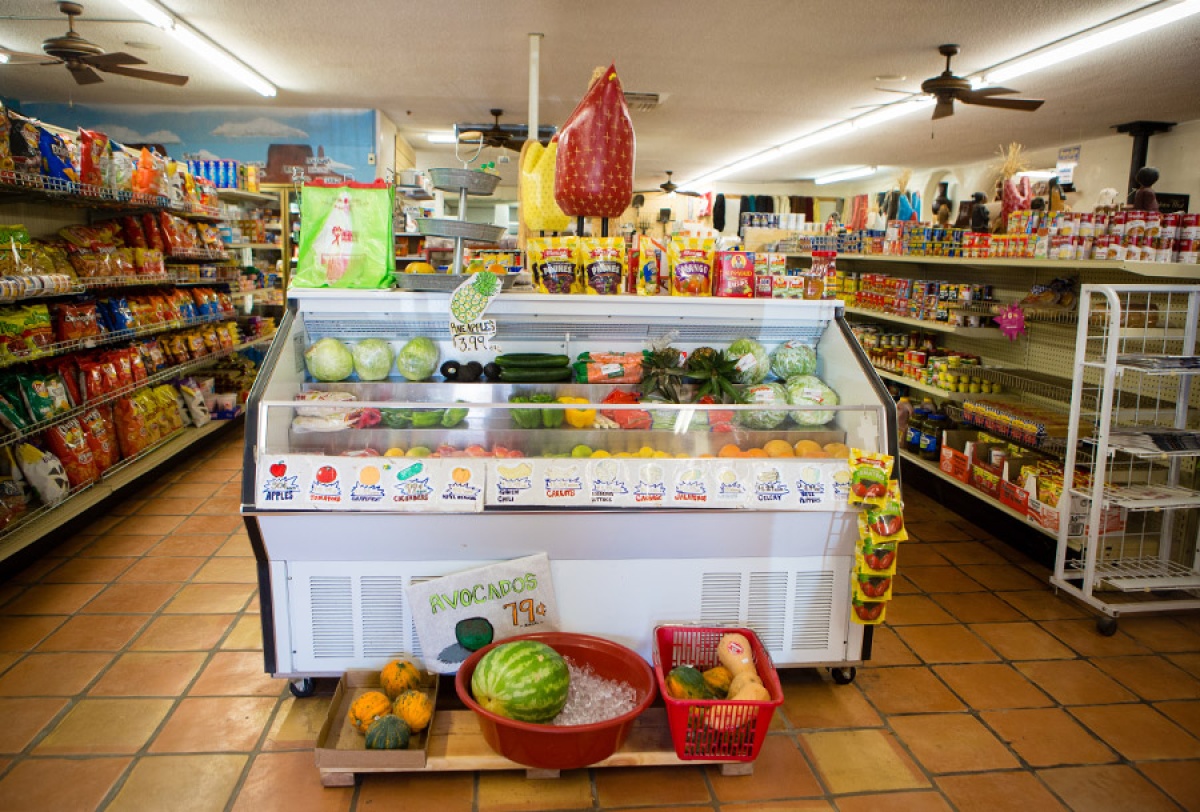Doctors Prescribe Better Groceries
Posted on Oct 14, 2015

Grocery shopping in the Navajo Nation isn’t exactly inspiring. The local convenience store sells tallboy cans of Monster Energy Drink at “2 for $3.33!,” but a box of Cheerios can run $6. And never mind the cost of fresh produce; it’s not available at any price within a 50-mile radius of, well, pretty much everywhere.
This month, to return fruits and vegetables to their rightful place of prominence, Partners In Health sister organization Community Outreach Patient Empowerment (COPE) rolls out the second phase of an ambitious, and elegantly simple, program.
In the Fruit and Vegetable Prescription Program (FVRx), doctors give their patients “prescriptions,” in the form of vouchers, for a month’s worth of free fruits and vegetables. Small local shops increase their selection of fruits and vegetables, sometimes from zero. Patients use the vouchers to “buy” the newly stocked items, and COPE reimburses the stores.
The hope? That eating more nutritious food will improve the health of families. Some 50 percent of Navajo children weigh an unhealthy amount. And adults suffer a raft of serious, diet-related diseases. An estimated 22 percent live with diabetes, for example. Eating more vitamins, minerals, fiber, and antioxidants could help reduce the risk of many of those diseases.
The Navajo FVRx program launched at Teec Nos Pos trading post, a local store near the Arizona-Utah border, in April. (Pineapples sold especially well.) This month, the program expands into minimarts, gas stations, and trading posts in the southeast part of the Navajo Nation. The goal is to find funding to roll it out across the Nation, so that more than three quarters of the 175,000 residents have access to good leafy produce in 2017.
It’s too soon to see much of a change in anyone’s eating habits, but success isn’t a wild idea. The template comes from a nonprofit named Wholesome Wave, which began offering FVRx to governments, hospitals, and insurers in low-income neighborhoods in 2012. It now operates the program in 32 states.
While the organization doesn’t have data on how disease burdens have changed over the three years, participants have shed up to half their original weight. In the Navajo Nation, a recent 14-month academic trial, led by a researcher at Johns Hopkins University, found that Navajo residents were five times more likely to lose weight if their local stores were stocked with healthy food.

